In many perovskite solar cells, hysteresis is observed between the forward and reverse current-voltage (IV) scans. This IV curve hysteresis can be problematic for the correct determination of the Power Conversion Efficiency (PCE). While the exact origin of the IV curve hysteresis has remained a topic of debate, it is now widely accepted that mobile ions are the principal cause. However, it is still the subject of ongoing debates about how exactly mobile ions influence the device operation.
In this blog, we are showing how a proper drift-diffusion simulation can help in understanding how mobile ions are affecting the JV characteristics of a perovskite solar cell.
Read the full post here: https://www.fluxim.com/hysteresis-perovskite-solar-cells
Read More









